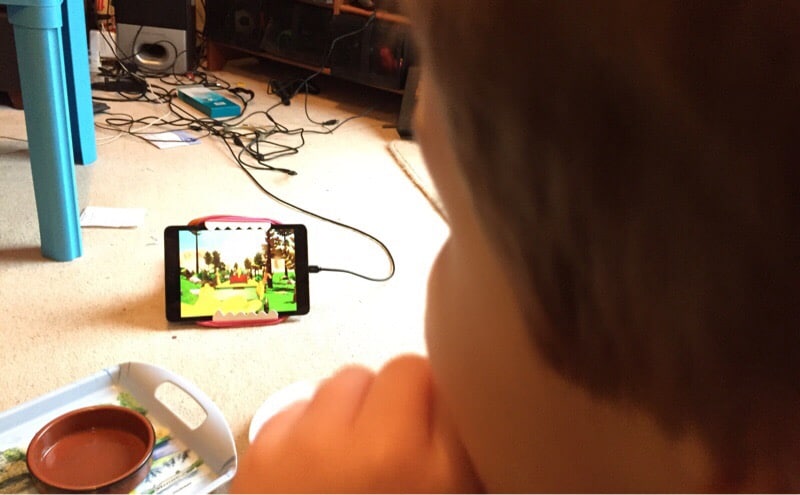A possible explanation for DOMS (Delayed Onset Muscle Soreness)
It occurred to me just recently that I had a possible explanation for the muscle DOMS (Delayed Onset of Muscle Soreness) effect. This effect is basically the pain you experience in a muscle when you push it further or in a different way than you have for a while. Research generally shows that it is when you have worked to extremes that this occurs. Also that activites with a large eccentric load on a particular muscle group are likely to produce doms in this muscle group.
My explanation centres around These two aspects and a little understand of how muscles are trained.
I’ve read research that found that once you have experienced doms in a muscle group you will be effectively resistant to doms for exercise up to that intensity for a period of around 6 weeks.
Obviously we need to ensure that each finding is bourne out by other studies but the gist of what is reported relates exactly to my experience of DOMS. Each time I have experienced it. The muscle group that hurts is one that hadn’t either been used before or used to that intensity. I can build up to that intensity without any pain, particularly if I have attained the capacity previously.
I also feel that stretching the muscle at this point actually increases doms instead of reducing it.
The final piece to this is that it has been shown that when muscles are relatively untrained and then go through a period of training the massive improvments that are seen are due largely to slack in the system being addressed. For example nerve fibres begin to have better control on the muscle fibres, nerve fibres can be stimulated for longer and work better with each other to maintain a better contraction force. Bascially it means that you may have had sufficient muscle and other resource to lift a heavy load or whatever but the systems weren’t in place to take full control of this. Thus as each system quickly gets up to speed your strength quickly improves.
This process explains the plateauing effect common to beginners or those who haven’t trained in a while and is something I see often in myself. It also explains why people who have previously attained a certain capacity such as championship rower can retain this capacity or get close to it much faster than some one of a similar age and build that has not previously achieved this. the answer being that no new muscle fibres etc need be created. The system just needs to remember how to reach the capacity.
The concept of muscle fibres being around for longer than previously thought has also been shown in some research.
I accept that these are quite a few asumptions to take from a small set of studies but the thing that strikes me is that they have remained true to my experience to this day.
Now putting all this together I have come up with an explanation that I think explains all that I experienced with DOMS and all that I have read about it.
Basically if you over stress a muscle group then you are likley to cause damage to the muscle fibres and connective tissue etc. If you over stress a muscle group that hasn’t been trained for a while then not all the uscle fibres will fire at full capacity and some may not even be fired. Thus I would infer that only some would get damaged. Not all. In a few days when these fibres have recovered and the nervous system is better at recruiting muscle fibres the same action will cause no pain or less pain depending on how much the new fibres can help.
This would then explain why eccentric actions seem to cause the most pain. Eccentric actions are know to require more strength and do more damage than concentric actions.
This explanation doesn’t answer exactly what it is that is hurting within the muscle but it does explain why fitness of a group of muscles is related to likelihood of doms, why eccentric actions are most likely to cause doms and why the action itself often provides a protective effect for a certain period. I would expect this period to be the length of time it takes for the muscle to become weaker again, most liekly because the CNS gets lazy in its recruitment of muscle fibres.






